The Weekly Edge: Ben Lorica on GraphRAG, Semantic ER, Security Graphs & More [22 August 2025]
![The Weekly Edge: Ben Lorica on GraphRAG, Semantic ER, Security Graphs & More [22 August 2025] The Weekly Edge: Ben Lorica on GraphRAG, Semantic ER, Security Graphs & More [22 August 2025]](https://gdotv.com/wp-content/uploads/2025/08/ben-lorica-graphrag-cybersecurity-knowledge-graphs-weekly-edge-22-august-2025.png)
It’s time for another edition of the Weekly Edge!
This blog series is your tl;dr for graph tech news, resources, and media from the past seven days (or so) curated by the team at gdotv.
This week’s picks include a lot of in-depth reads and analyses to help you digivolve from graph rookie to graph champion (and beyond) in no time. Here’s what we’ve got this week:
- GraphFaker helps you generate fake graph data for your next project or PoC
- Ben Lorica talks GraphRAG from hype to hell to (actual) helpful
- Semantic entity resolution using LLMs, BAML, and more
- Rebuilding Wiz’s Security Graph minus the graph database
- 15 questions to ask before building your next knowledge graph
- Solving sliding puzzles with graph algorithms
Let’s dive in.
Video: Instant Graphs for Prototyping & Teaching using GraphFaker
At gdotv, we are of course, huge graph geeks, so naturally we’re huge fans of the GraphGeeks community. In this video, Dennis Irorere – Director of Innovation & Development at GraphGeeks – how to generate realistic graph datasets in seconds using GraphFaker.
Whether you’re a developer, researcher, or student, GraphFaker is a free tool that helps you easily create synthetic social graphs, extract real-world street networks, and load data from sources like air travel networks and Wikipedia. Now you can stop hunting for graph data and focus on the fun stuff: testing your ideas.
Analysis: Graph-Based Reasoning as the Missing Piece for AI Agents
Ben Lorica 罗瑞卡 is no stranger to the tech space – with past lives at O’Reilly, Databricks, the Linux Foundation, and a turnip-truck full of advisory roles at other tech startups – so when he talks, we listen. (He even nabbed @bigdata as his Twitter handle back in the day. He’s the OG.)
In his most recent piece for the Gradient Flow newsletter, Lorica talks about graph-based reasoning as the missing context needed for autonomous AI agents. It’s an in-depth, insightful analysis on the paradox of “GraphRAG is more talk than action” and “No, actually graphs are the key to agentic AI.” So whether you’re already on the dance floor of the GraphRAG party, or you’re a trend skeptic who’s lurking on the outskirts, this article is a good dose of reality from a trusted voice. Plus, there’s a great shoutout to our partners at Kuzu too!
And if you haven’t already, subscribe to Ben Lorica’s Gradient Flow newsletter and the Data Exchange podcast. Highly recommended.
Long-Form Article: The Rise of Semantic Entity Resolution
“Entity resolution is my favorite!” said literally no one ever. Fortunately, graph veteran Russell Jurney is here with a new hot take: Semantic entity resolution for knowledge graphs.
This new approach uses LLMs to bring an increased level of automation to schema alignment, blocking, matching and even merging duplicate nodes and edges. This technical article takes you on an epic odyssey, introducing key concepts, walking you through examples, citing tons of papers and experts, and showcasing some interactive demos using BAML. (“It’s that BAML, it’s so hot right now!”).
If you dealt with deduplication as much as the rest of us, then this read is worth your time.
Walkthrough: Recreating Wiz’s Security Graph with PuppyGraph
PuppyGraph CEO and Guru-General Weimo Liu opens this demo article with a banger: “The world is a graph, not a table. It’s time our tooling reflected this.” We couldn’t agree more! 👏👏👏
Cybersecurity is a perfect use case for graph technology, and Weimo shows you how to build similar capabilities to Wiz’s Security Graph directly on your relational data using PuppyGraph. This walkthrough is a great first-timer’s guide to building a cybersecurity graph, including querying with Gremlin or openCypher as well as some basic graph visualization (check out G.V() if you’re looking for more advanced capabilities!). But leave your graph database at home because PuppyGraph is a graph query engine that runs directly on your RDBMS (no extra data store required).
Architecture & Planning: 15 Questions to Ask before Building a Knowledge Graph
If you like to dive straight into a new project and get building, then this article is for you. That’s right: Sometimes you need to slow down and ask the right questions before you type a single line of code – especially if you’re building a knowledge graph.
This thoughtful article from the Memgraph team challenges graph database developers to start smart by asking yourself these 15 questions about your next knowledge graph project.
Author Sabika Tasneem helpfully groups the questions into four key areas of consideration:
- Define the “why”
- Understand your data
- Design with intent
- Think about usage and scale
Working smarter begins with starting smarter.
For Fun: Solving Sliding Puzzles with Graphs
Whether or not you’re a sliding puzzle master – and to be clear on my position here: I once solved the New York Times Crossword by mistaking it for a Sudoku – I bet you didn’t know that sliding puzzles actually represent a graph traversal problem.
In this fun read, Pearl Cao from the Ultipa graph database team shows you how to solve even the most challenging sliding puzzles using Graph Query Language (GQL) and the power of graph algorithms. Lots of code examples, graph visualizations, and tips for the non-puzzleheads like me.
That’s it for this week’s edition. Got something you want to nominate for inclusion in a future edition of the Weekly Edge? Ping us on on X | Bluesky | LinkedIn or email weeklyedge@gdotv.com.
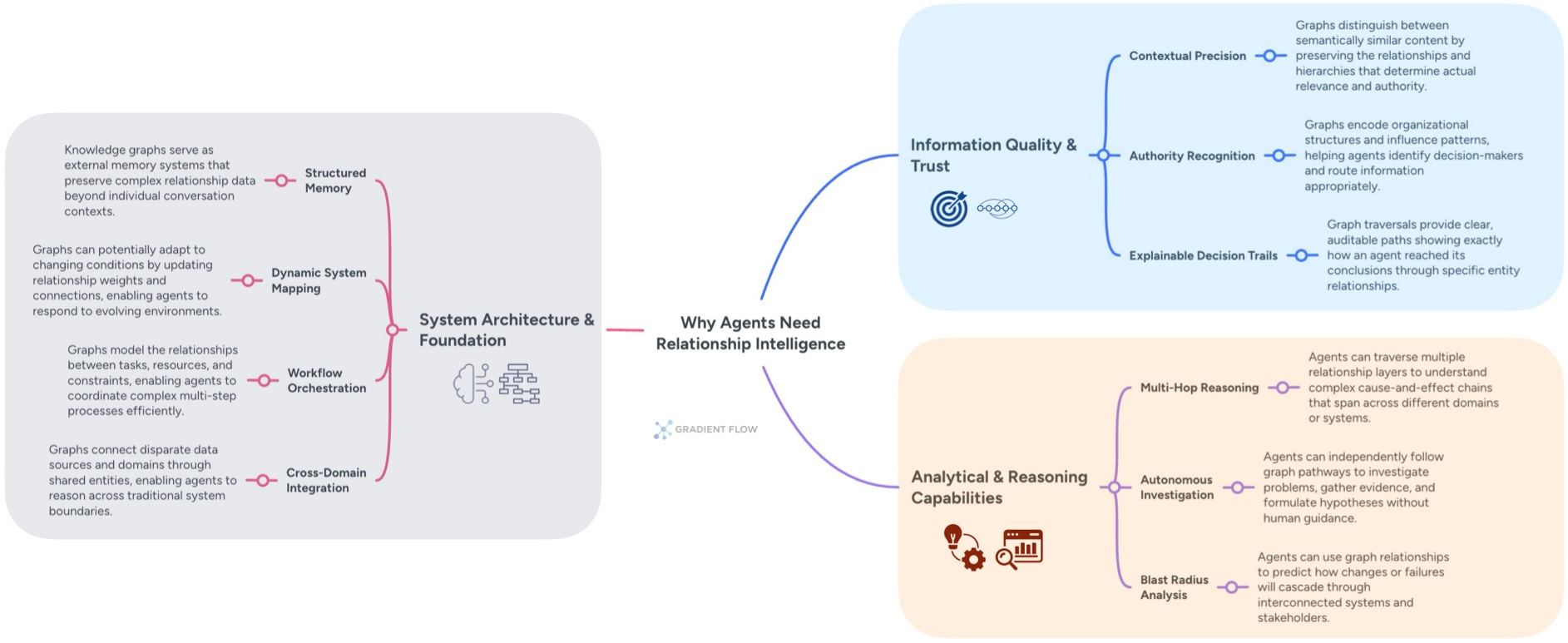
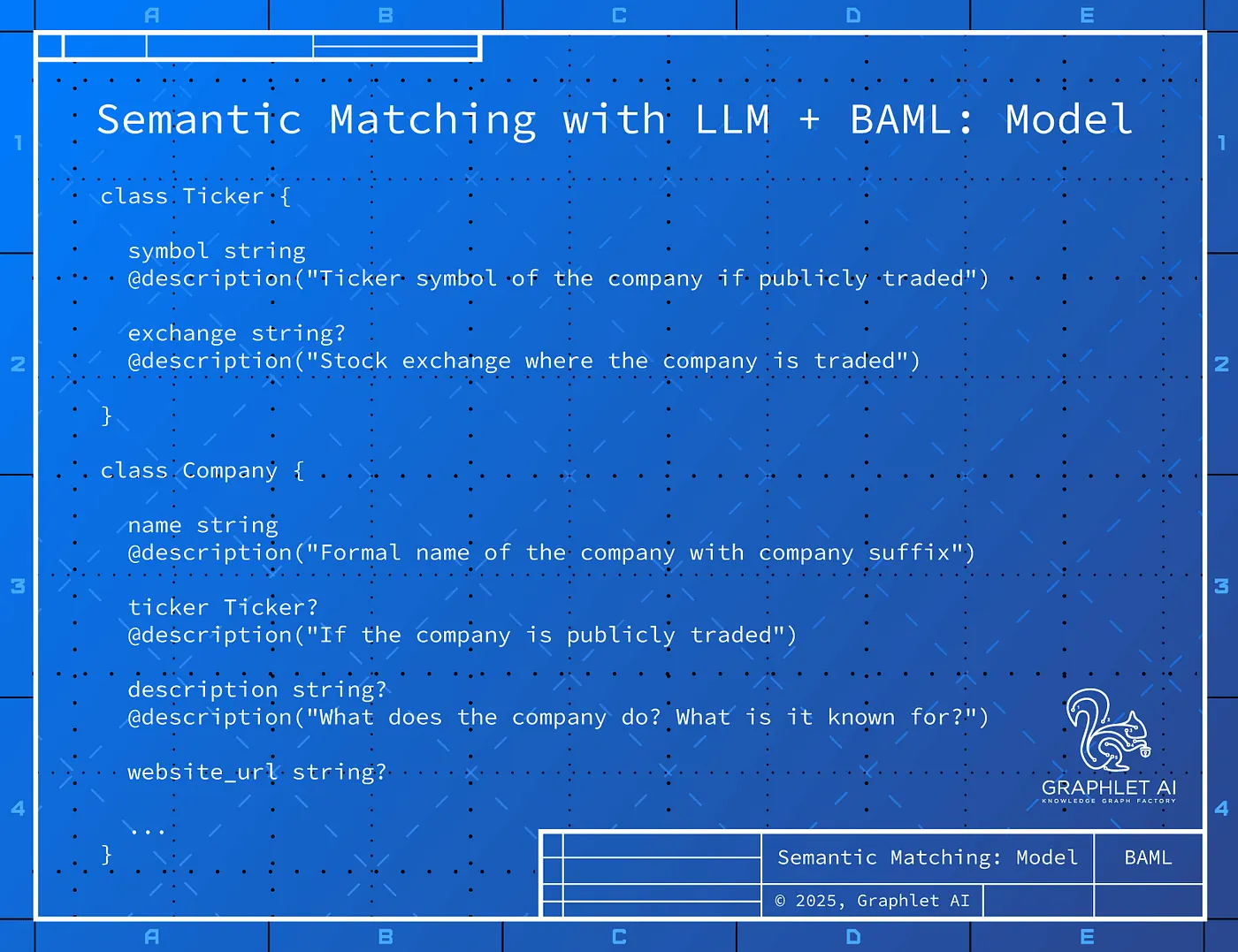
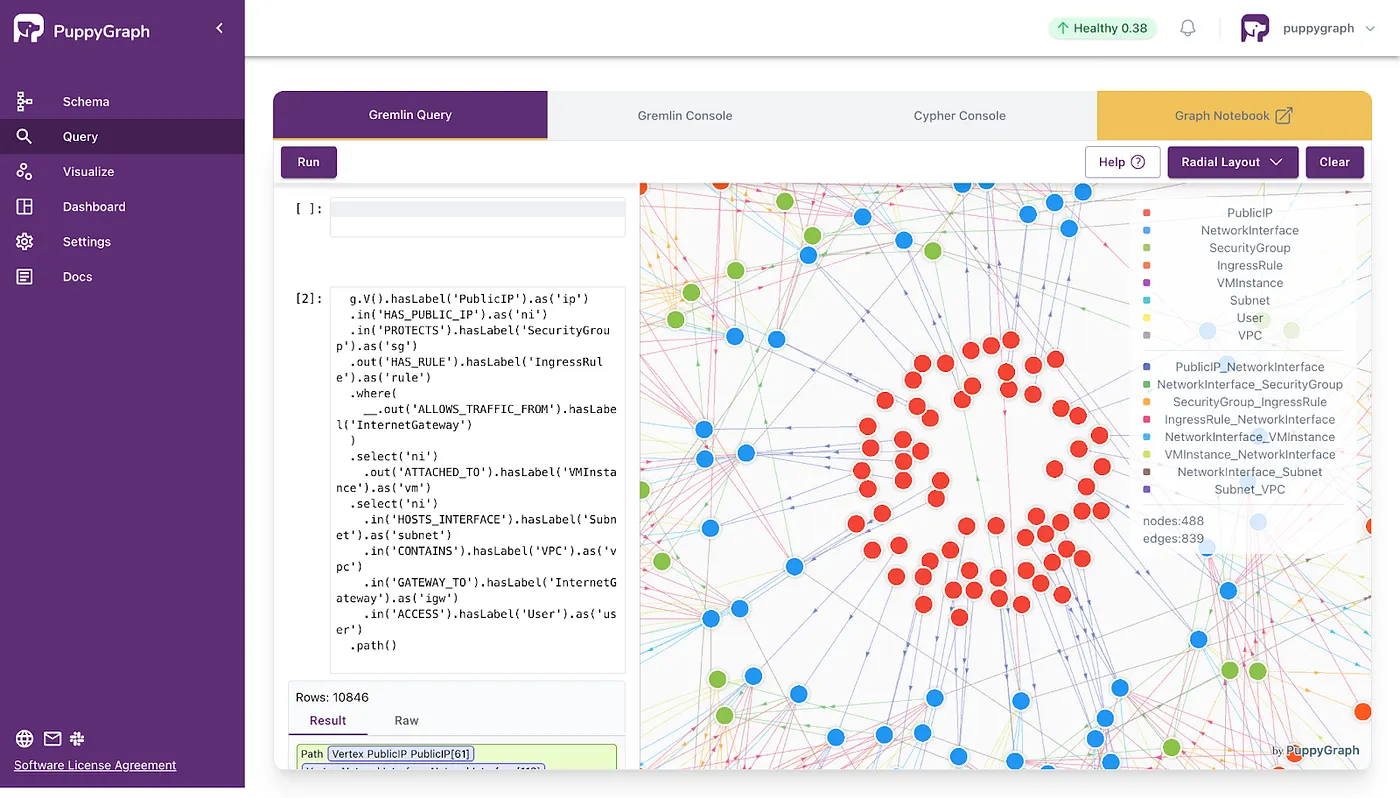
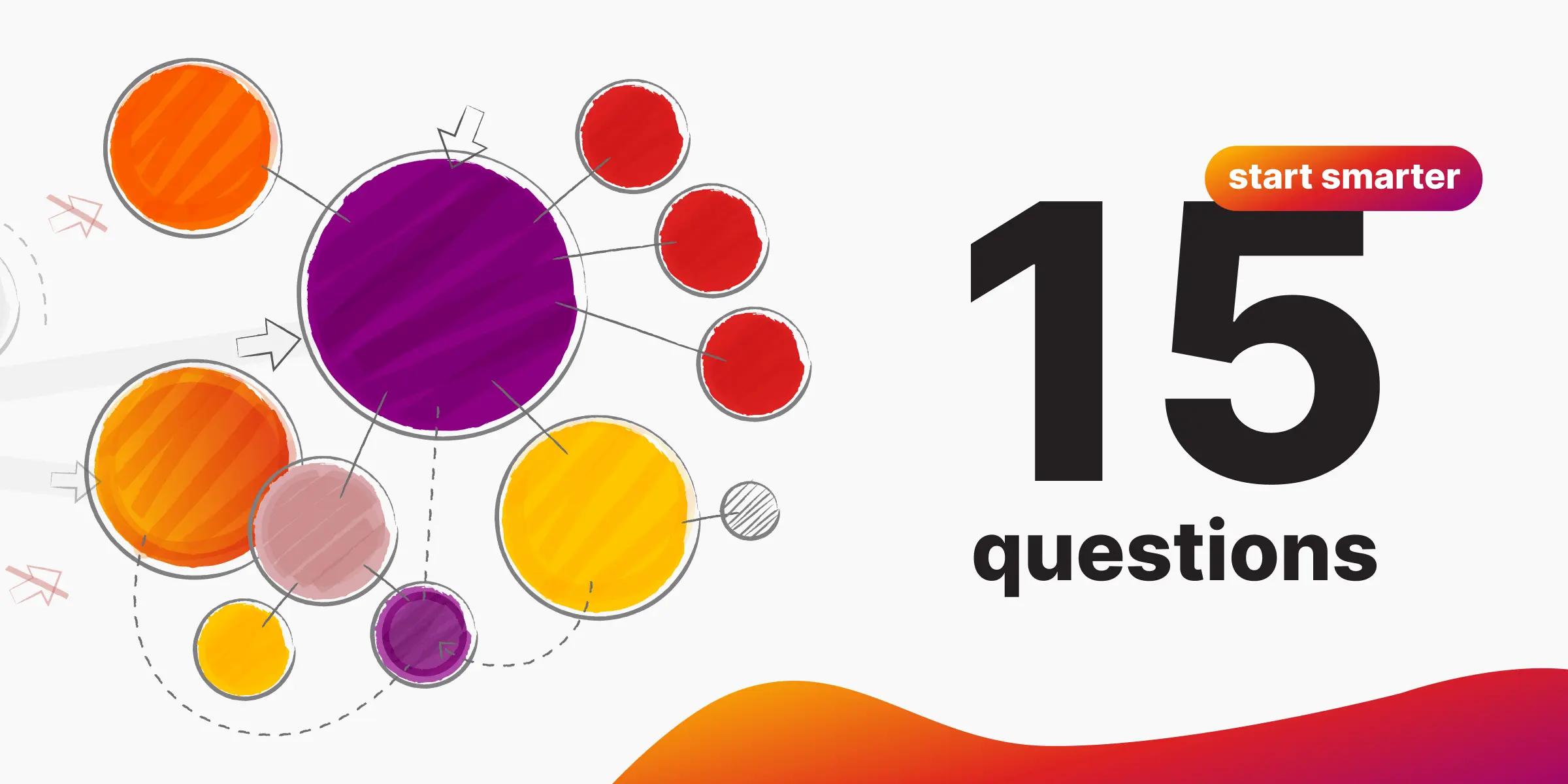
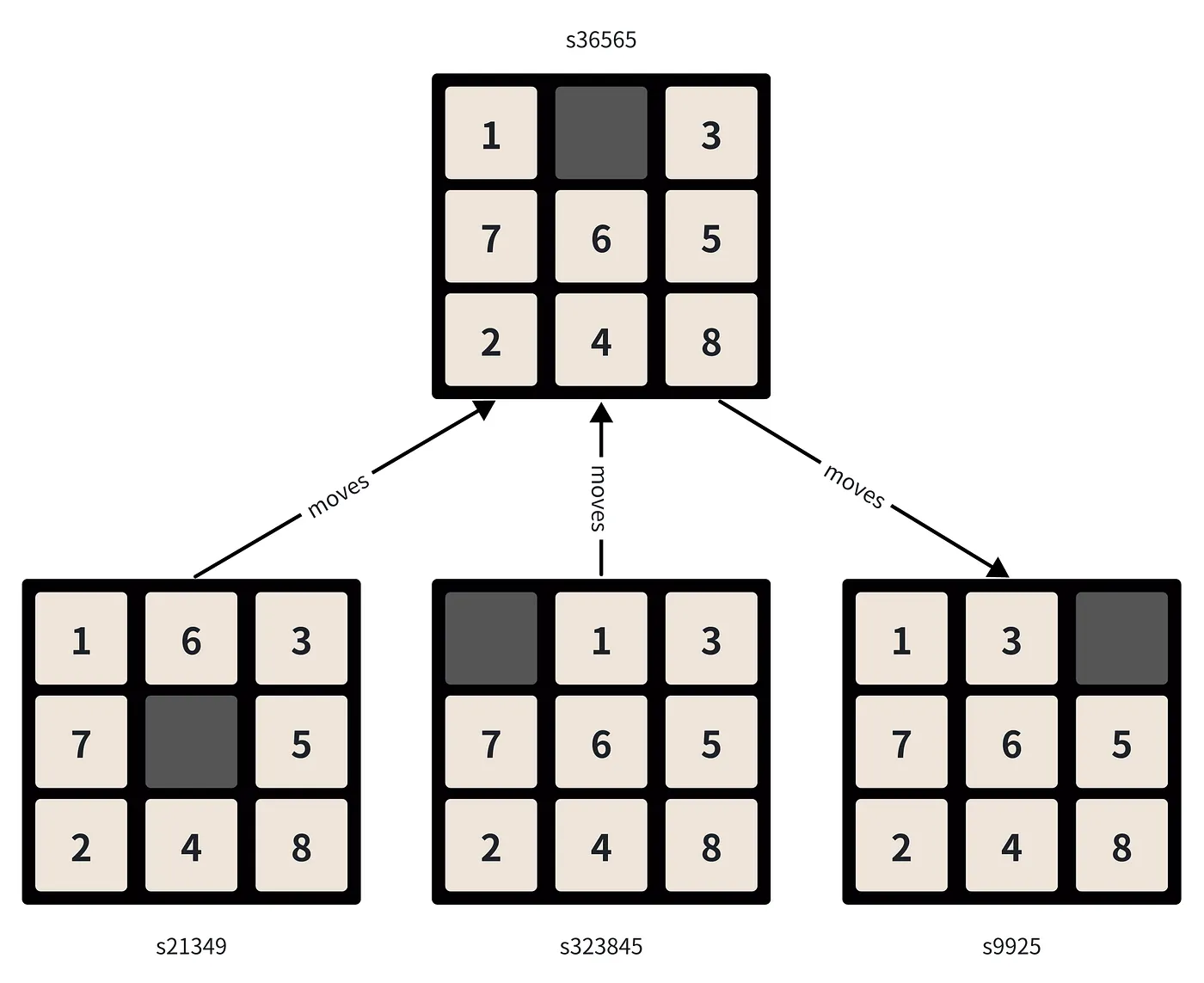
![The Weekly Edge: Release of the Gremlins, Spotlight on Embeddable Graph Databases, & More [21 November 2025] The Weekly Edge: Release of the Gremlins, Spotlight on Embeddable Graph Databases, & More [21 November 2025]](https://gdotv.com/wp-content/uploads/2025/11/tinkerpop-release-graphlite-news-puppygraph-onelake-weekly-edge-20-november-2025.png)
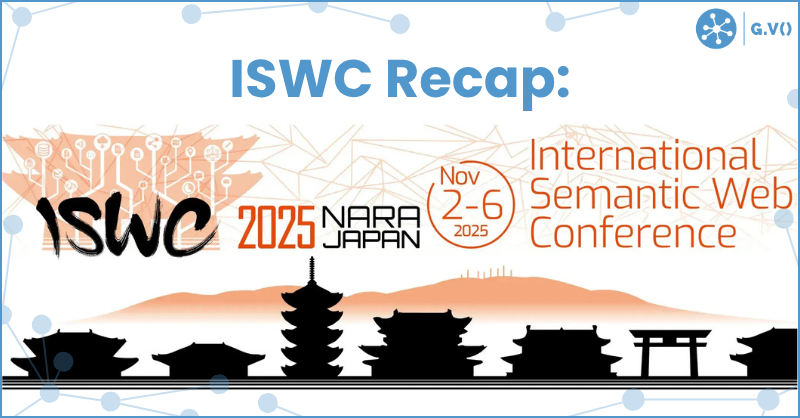
![The Weekly Edge: RDF Edition! [14 November 2025] The Weekly Edge: RDF Edition! [14 November 2025]](https://gdotv.com/wp-content/uploads/2025/11/rdf-triplestore-sparql-weekly-edge-14-november-2025.png)